HISTORY
HISTORY
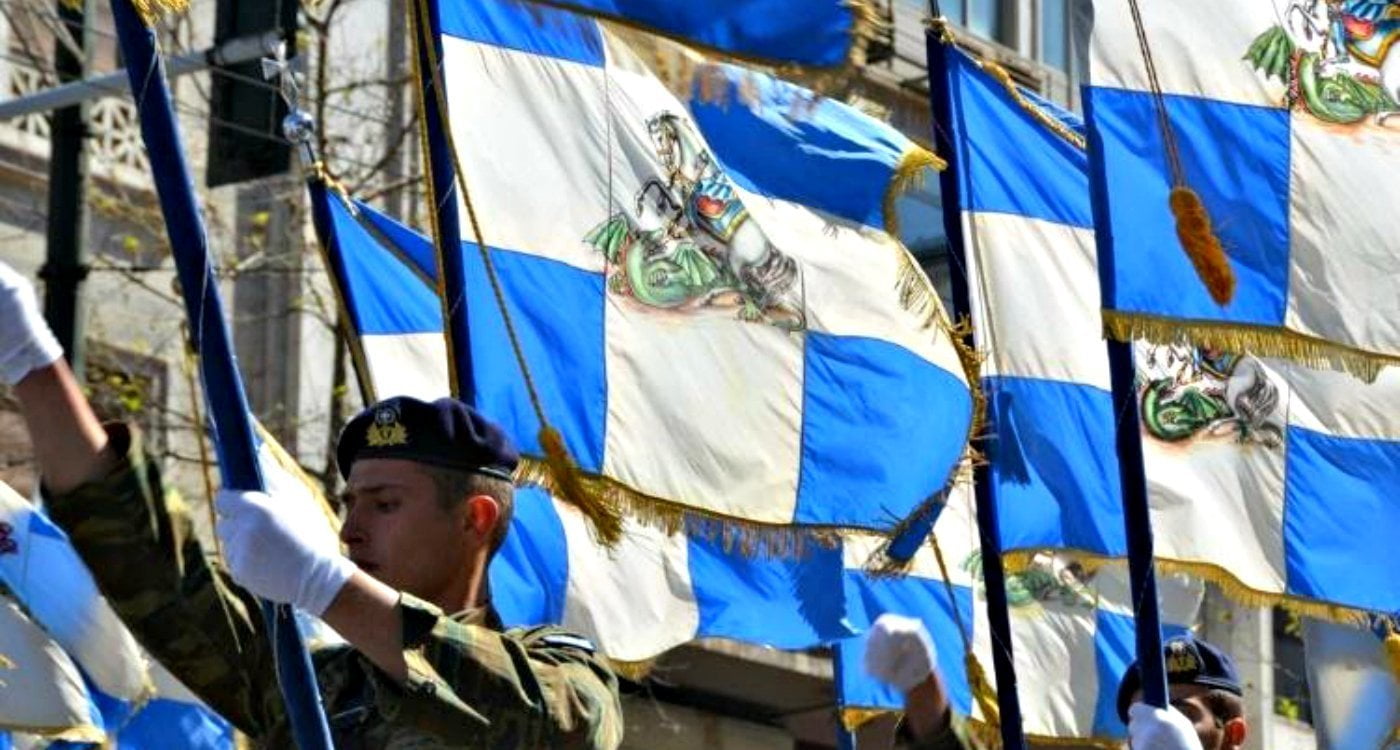
Since 1814 “Philiki Etaireia”, or “Society of Friends”, paved the way for the uprising of the Greeks against the Turks, by organizing the Revolution.

“The vow” by Dionisios Tsokos
21/03/1821
Siege of Kalavryta, led by Sotiris Charalampi, A. Fotila, Sotiris Theocharopoulos, Ioannis Papadopoulos, Nikolaos Soliotis and Petimezaioi. The first military action of the Greek revolution will end victoriously after 5 days.
23/03/1821
Maniates, under the guidance of Theodoros Kolokotronis and Petrompei Mavromichali, occupy Kalamata. After this battle, the international community learns about the Greek revolution.
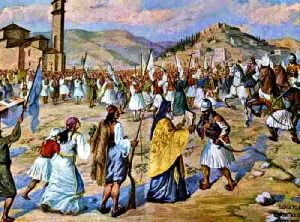
Representation of the “blessing” in Kalamata on March the 23rd, by the painter Evangelos Drakos
23/04/1821
Athanasios Diakos was defeated in the battle of Alamana by the Turkish forces under Kiose Mehmet and Omer Vryonis. His martyred death follows.
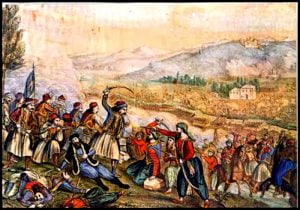
Alexandros Isaias painting, inspired by the battle of Alamana
08/05/1821
Victory of the Greeks led by Odysseas Androutsos in the battle of Gravia Inn. Lykourgos Logothetis declares revolution in Samos.
09/07/1821
Hanging of Cyprus Archbishop Kiprianos along with three other bishops upon order from the “Sublime Porte”. The massacres continued throughout Cyprus for 30 days.
“The Greeks are a race as old as the world, no one was able to annihilate them, no one, because God shelters them from up above. The Greek race will vanish, when the world comes to an end” Translated extract from “The 9th of July in Nicosia Cyprus” by Cypriot poet Vassilis Michaelides. Originally written in Cypriot dialect.
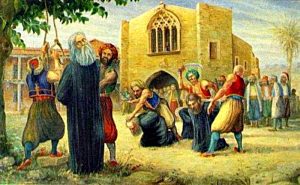
9th of July 1821 Cyprus
23/09/1821
Theodoros Kolokotronis conquers Tripolitsa after a siege. A strategic victory which secures control of the Peloponnese.
01/01/1822
Adoption of the first Constitution of Greece, in the First National Assembly of Epidaurus.
30/03/1822
The massacre of Chios. 42,000 Christians are slaughtered by the Ottoman army.
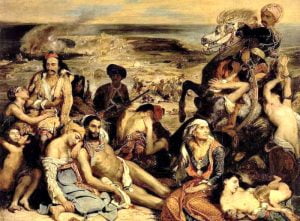
“The massacre of Chios” By Eugène Delacroix
In June 1822, the later Greek state Prime Minister Konstantinos Kanaris blasts the flagship of Kara Ali, the head of the Turks, who slaughtered the inhabitants of Chios
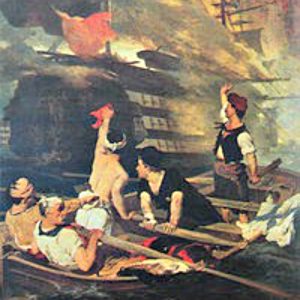
“Burning of the Turkish flagship by Kanaris” by Nikiforos Lytras
26/07/1822
Theodoros Kolokotronis destroys Dramalis’ army in the straits of Dervenakia. One of the biggest defeats of the Turks in Central Greece.
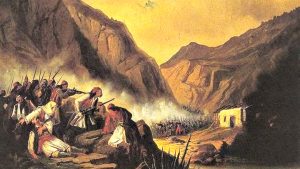
The battle of Dervenakia” by Theodore Vryzakis
August 1823
Markos Botsaris with the Souliotes and Kitsos Tzavelas (later General and Prime Minister) inflicts heavy losses on Mustafa Pasha’s forces in the Battle of Kefalovrysso. Markos Botsaris falls dead heroically.
Period 1823-1825
A black page in Greek Revolution history was the period during which the civil conflicts took place. Originally in the Peloponnese, the civil war between supporters of the government of Georgios Kountouriotis and the government of Petrobei Mavromichalis was ongoing. The Koundouriotis government eventually prevailed, offering amnesty to its opponents.
However, the riots continued and, as a result, Kolokotronis, who backed the Mavromichalis government, was imprisoned.
In Central Greece, a complete breach between Odysseas Androutsos and the revolutionary provisional government took place. In March 1825, Androutsos was defeated in Livanates by Giannis Gouras, who once was Androutsos’ second in command. Androutsos was imprisoned in Acropolis, but he later was assassinated prior to his trial.
20/05/1825
Death of heroic Papaflessas at the Battle of Maniaki. He fought against the Egyptian forces of Ibrahim.

11/04/1826
“The sortie of Messolonghi”
After months under siege, the “free besieged” defenders of Messolonghi decide their heroic exit. The massacre of armed and civilian population by the Turkish-Egyptian forces followed. The fall of Messolonghi led to the resignation of the Kountouriotis government.
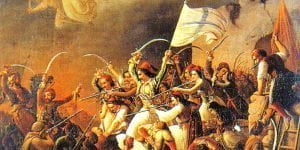
Snapshot from the painting “The sortie of Messolonghi” by Theodore Vryzakis
24/11/1826
Defeat of the Turks by George Karaiskakis in the Battle of Arachova. For the Turks it was the second major disaster after the Dervenakia defeat.
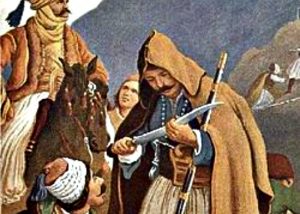
20/10/1827
“The naval battle of Navarino.” The fleet, consisting of naval forces of the United Kingdom, France and Russia, defeats the Turkish fleet of Ibrahim. An important development in favor of the Greek Revolution.
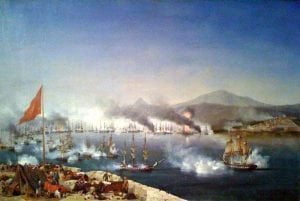
The naval battle of Navarino” by Ambroise Louis Garneray
03/04/1827
Election of Kapodistrias as the first Greek governor by the 3rd National Assembly of Trizina.

“Ioannis Kapodistrias” by Thomas Lawrence
3/02/1830
The London Protocol is signed. The independent Greek State is “born”
Women’s contribution to the Revolution
Laskarina Bouboulina, along with Manto Mavrogenous, were the two leading female figures of the Greek Revolution who not only bought warships at their own expense, but also participated in naval operations.

Bouboulina on the ship “Agamemnon” by German painter Peter von Hess
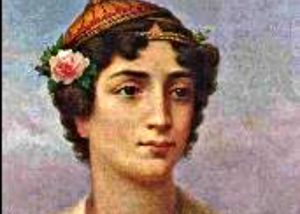
Lithograph of Manto Mavrogenous by Adam Friedel
Cyprus’ contribution to the nation’s struggles
Cyprus’ contribution to the Nation’s struggles was significant. Hundreds of Cypriots fought in the Peloponnese, Attica, Eastern Greece as well as in naval operations.
“Τhese were given to me by the heroism and bravery of Cypriots phalangists”
Quote of General, Christodoulos Hatzipetrou, regarding his medals

The flag of the “Phalanx of the Cypriots” during the Greek Revolution
March 25th was established as Independence Day and as an official holiday following a decree of King Otto in 1838. Together with the Greek Independence Day, the religious holiday of the Virgin Mary’s Annunciation is celebrated.
Today, the Greek Revolution is honored with military and student parades in Greece, Cyprus as well as by Hellenes Abroad.
Memorial Speech by the Minister of Defence Vassilis Palmas at the annual memorial service for the fallen of the 3rd Company of the 211th Infantry Battalion
The Minister of Defence of the Republic of Cyprus, Mr. Vassilis Palmas, attended the annual commemoration of the fallen of the 3rd…
120 years since the death of Pavlos Melas—The Hero of the Macedonian Struggle—Photos
The Armed Forces honor the memory of the ethnic martyr who gave his life for the liberation of Macedonia…
80 years since the Battle of Rimini – The Brigade that wrote golden pages of history
The “Rimini Brigade” wrote new pages of history for Greece, placing it in the camp of the winners. This success was linked to hope and…
CERIDES | 1st Planning Conference of the UCPM DEMONAX – Cyprus Earthquake Full-Scale Exercise
CERIDES – Centre of Excellence in Risk and Decision Sciences of European University Cyprus had a strong presence during the 1st Planning…
EMAK | New Operational Boost with Eight INTRUDER SE Drones
The Ministry of Climate Crisis and Civil Protection is moving forward with the procurement of eight INTRUDER SE-type unmanned aerial…
KNDS France – METLEN | Partnership for the Production of the VBCI PHILOCTETES® in Greece
METLEN has entered into an exclusive partnership with KNDS France for the production of the latest-generation French 8×8 Infantry Fighting…
USΑ | Bipartisan Bill Submitted to US Congress to Lift Cyprus Arms Embargo
A bipartisan bill titled the “American-Hellenic-Israeli Eastern Mediterranean Counterterrorism and Maritime Security Partnership Act of 2025”…
AI Task Force | First Session of the National Committee for Artificial Intelligence of Cyprus
The first session of the National Commission for Artificial Intelligence (AI Task Force) was held, marking the official start of the work…
Germany | 5,000-Man Armoured Brigade in Lithuania to Bolster NATO’s Eastern Flank
Germany officially commenced its first permanent deployment of foreign troops since World War II on Tuesday.



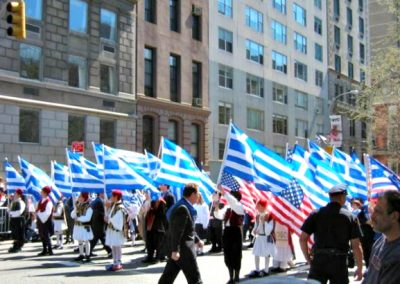
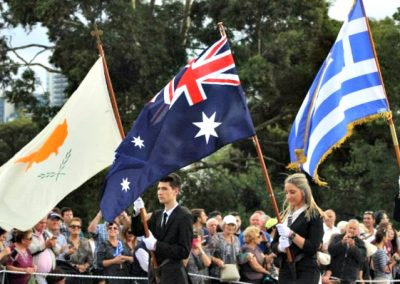
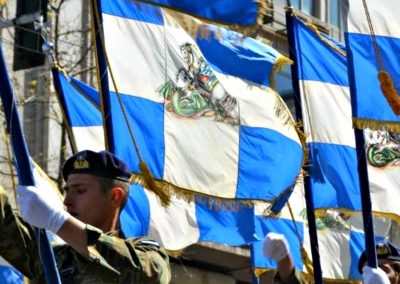
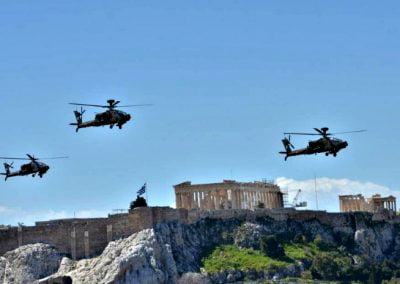



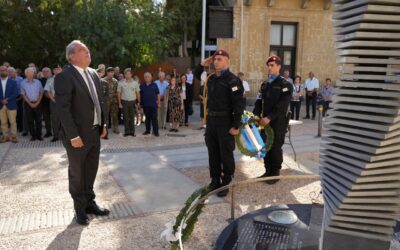
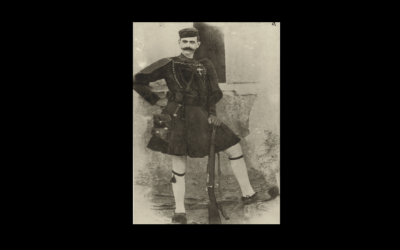
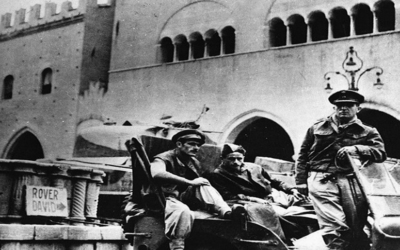







0 Comments